Ask your barista! These tips will help you score the perfect beans to brew at home
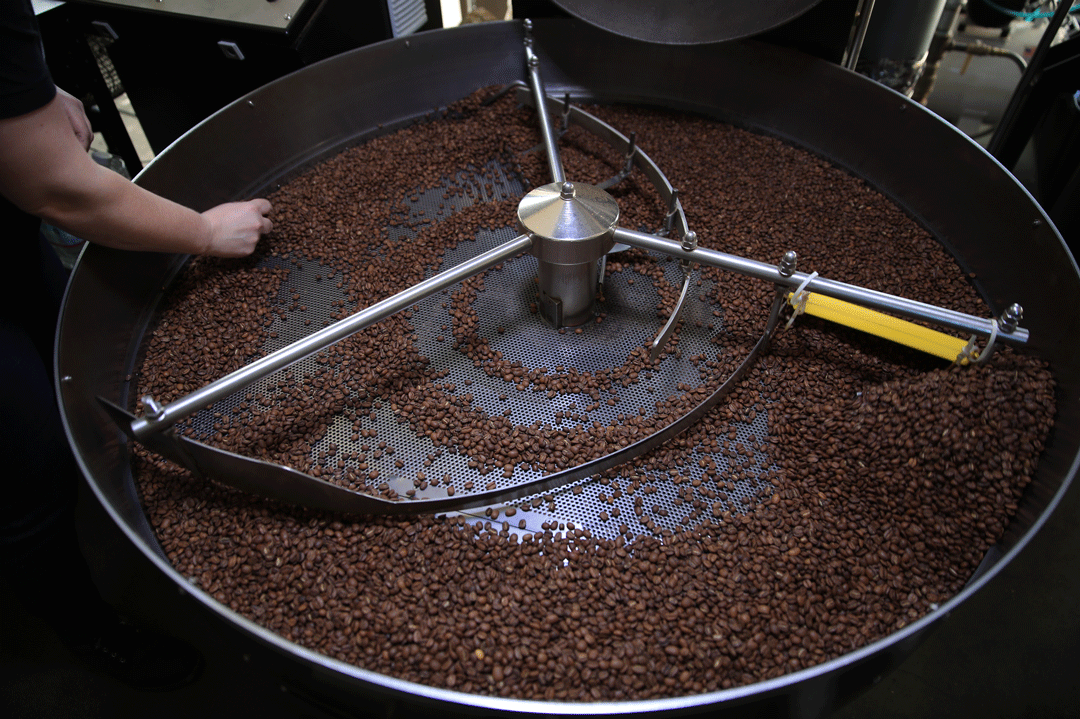
With more than 100 local roasters and countless coffee shops in Los Angeles, there are seemingly endless choices when it comes to buying fresh coffee beans. Walk into your local shop to pick up beans for your morning coffee habit, and the selection you find might reflect varying roasting styles, origin countries, growing regions, process methods, farming practices and more. The options can be a lot to parse. When your goal is to identify your own ideal brew, L.A.’s coffee professionals are here to help guide you.
For many L.A. roasters, the light to medium level is the sweet spot; but from the lightest, fruitiest coffees to dark and espresso roasts, the story of coffee in L.A. is reflected in the roasted beans. While Picaresca in Boyle Heights features coffees from Mexico with beans from Chiapas and Oaxaca, Caffe Luxxe might be blending favorites from Brazil and Guatemala for espresso drinks, and Go Get Em Tiger could be highlighting the Yukro region of Ethiopia as a single origin for pour-overs. L.A.’s coffee community showcases geography, culture and creativity.
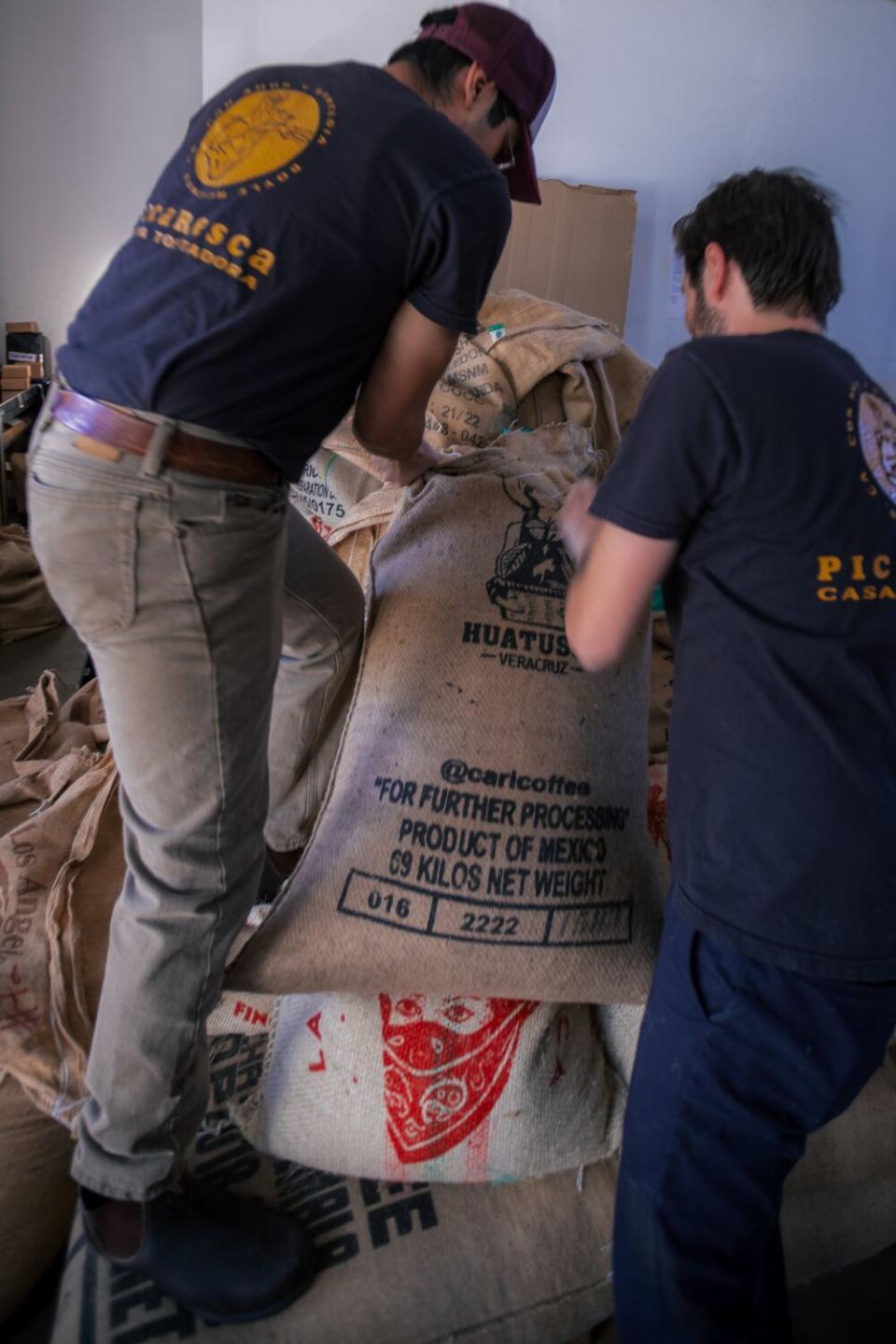
Many of L.A.’s coffee companies roast aiming for sweetness. No longer relying solely on the designation of light, medium, dark and espresso, many tell stories about listening to the beans during the roasting process. They rely on sample batches to tweak the “recipe” and bring out the best flavors in the beans without over-toasting.
“When we get a coffee, whether it’s from Guatemala, Colombia, Ethiopia or Indonesia, we’re looking at that coffee and we’re saying, ‘OK, at what level are we getting the most sweetness out of this cup?’” said Andrew Sinclair of Mad Lab Coffee. “We want to achieve the best form of pleasant acidity with the best mouthfeel and juiciness.”
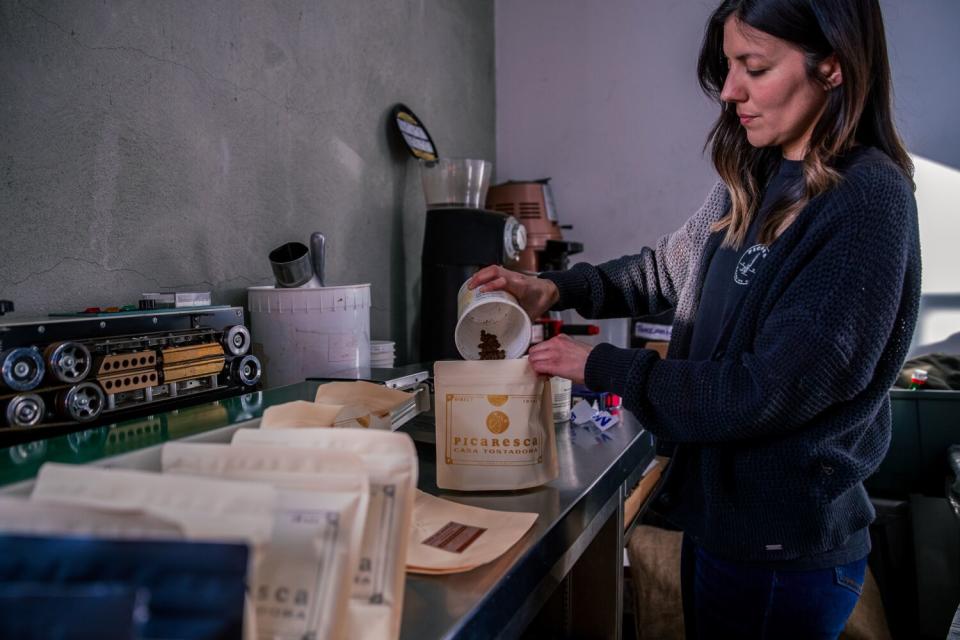
Don’t be shy about asking for recommendations. Knowledgeable baristas can help guide you much like a sommelier. Often they will ask how you make coffee at home and recommend the best bean for your desired roast level and brew method.
Jaymie Lao began working as a barista in 2008, became the director of cafe experience for GGET, and now is an independent cafe consultant. “Ask the barista questions! We want to answer any that will help you pick a coffee you’ll actually like,” Lao said.
Ask what beans they are making the drip coffee with or which are in the hopper for espresso. Taste what they are excited about, and gauge whether that flavor profile fits what you are looking for. They can tell you about the farm or co-op where the beans were grown.
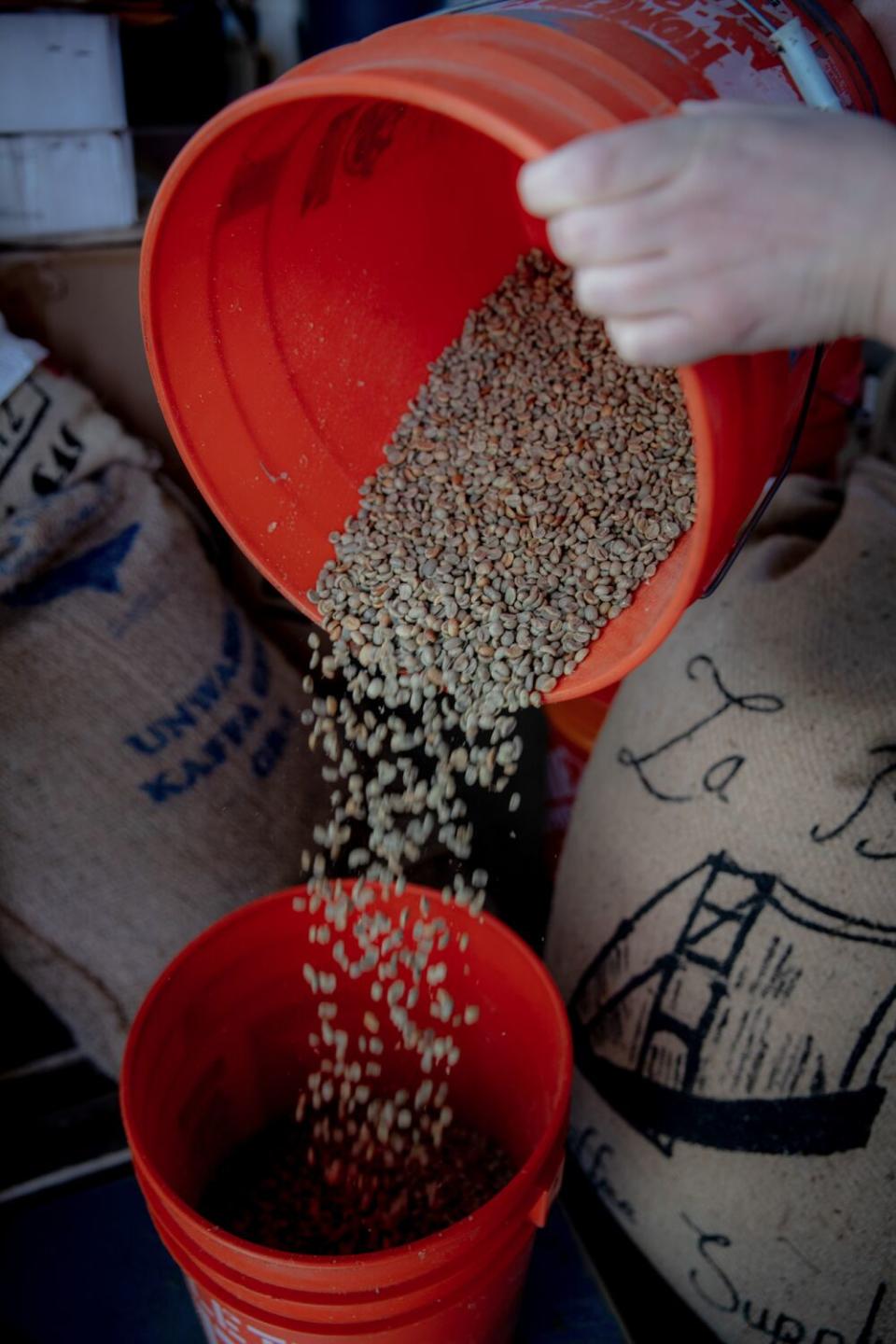
Consumers are knowledgeable about where their food comes from, “so it has been easy for a lot of roasters to take that same simple, ingredient-based approach where you are trying to highlight the individuality of seasonal agricultural products and give people an opportunity to experience and be excited about them,” said Saadat Awan of Woodcat in Echo Park.
Bags of coffee beans can offer a lot of information if you know what you’re looking for; let’s break it down.
Country of origin
There are coffee growing regions throughout the world. Though California leads our nation in agricultural production on 25.6 million acres, it does not grow significant amounts of coffee. So this is a crop we need to import.
Single origin
Coffee beans are sold as single origin, meaning one variety of coffee sourced from one crop or region, or as blends, in which the roaster has combined beans to achieve a desired flavor profile.
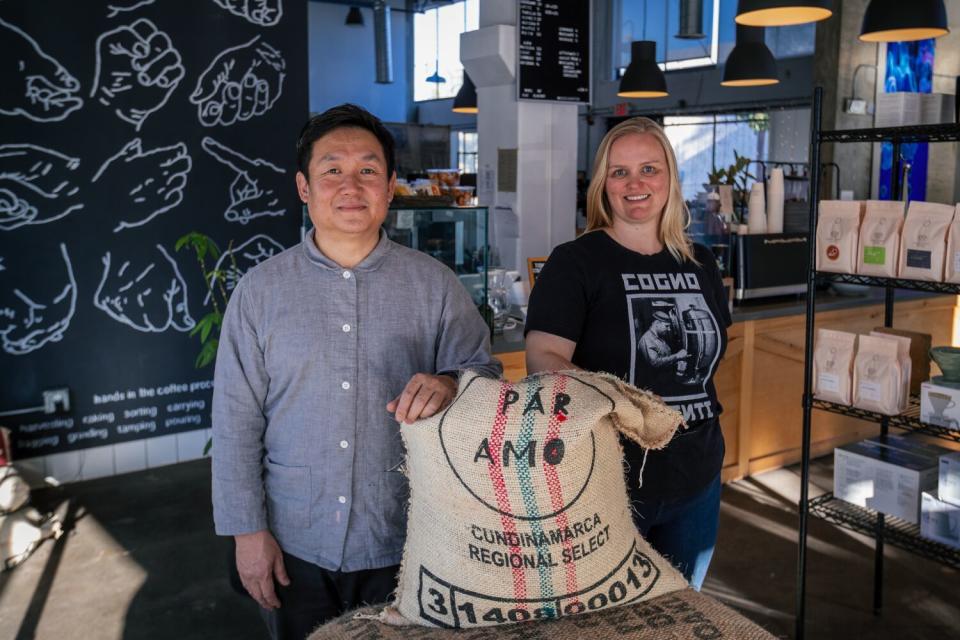
Elevation
Coffee region information helps give geographical background, such as elevation. The elevation of the farm might be included to indicate that the beans were grown in an ideal setting, as coffee grown at higher elevations offers optimal quality and flavor.
Species
Most coffees you will encounter are arabica beans. Robusta beans, historically considered lower caliber, are gaining attention in the U.S. In Anaheim, Vince Nguyen sources high-quality robusta beans from a family farm on Langbiang Mountain in the Da Lat region of Vietnam for his Nam Coffee to make traditional and modern Vietnamese coffee drinks.
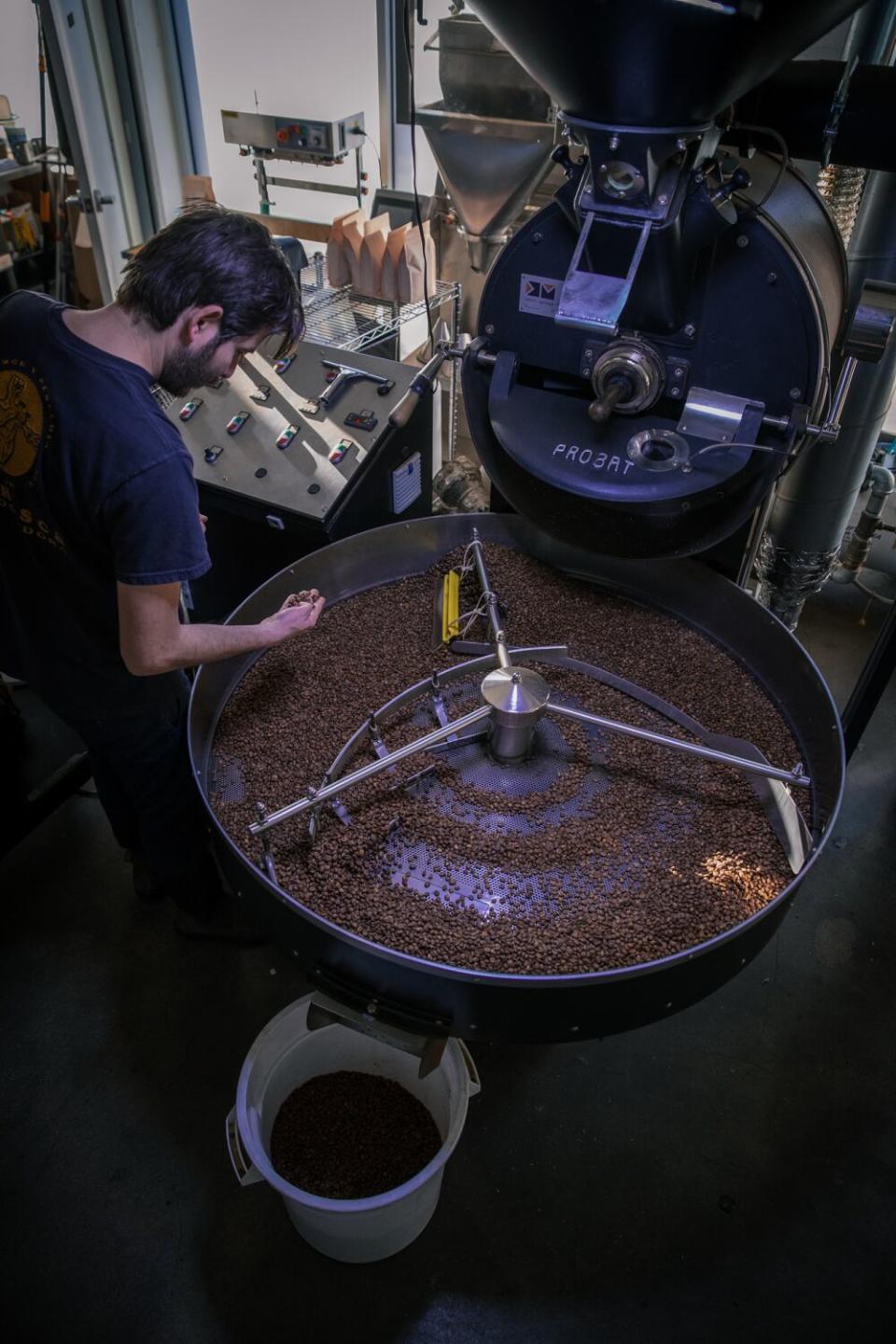
Process
This term refers to how each coffee has been processed after being harvested at the farm. Layers of the coffee cherry (fruit) are removed to expose the bean in preparation for drying and roasting. Look for the terms: natural, washed, honey. In the natural method, also known as dry process, beans ferment inside of the coffee cherries. For the washed process, the seed is first taken out of the cherry and cleaned completely. Honey process lies somewhere in between, while in anaerobic or oxygen-free processing, a newer method gaining popularity, the beans are fermented in sealed tanks.
Fair trade, direct trade or organic
Some labels will say whether the coffee is fair trade, a general certification that indicates the importer or roaster pays a premium above base commodity prices. Direct trade indicates that the coffee company has purchased directly from the farm. Some might be labeled organic. But it’s worth noting that in specialty coffee, many farms employ organic practices outside of any system to certify the organic label.
Canyon Coffee in Echo Park has recently acquired the first Regenerative Organic Certified (ROC) coffee, meeting the standards of the Regenerative Organic Alliance for soil health, animal welfare, equitable farm work practices and other requisites. “So far, only one farm in Nicaragua has achieved this certification,” said co-founder Casey Wojtalewicz. Currently Canyon, Groundwork, Heirloom and Equator have purchased these beans, with more ROC coffees becoming available this year.
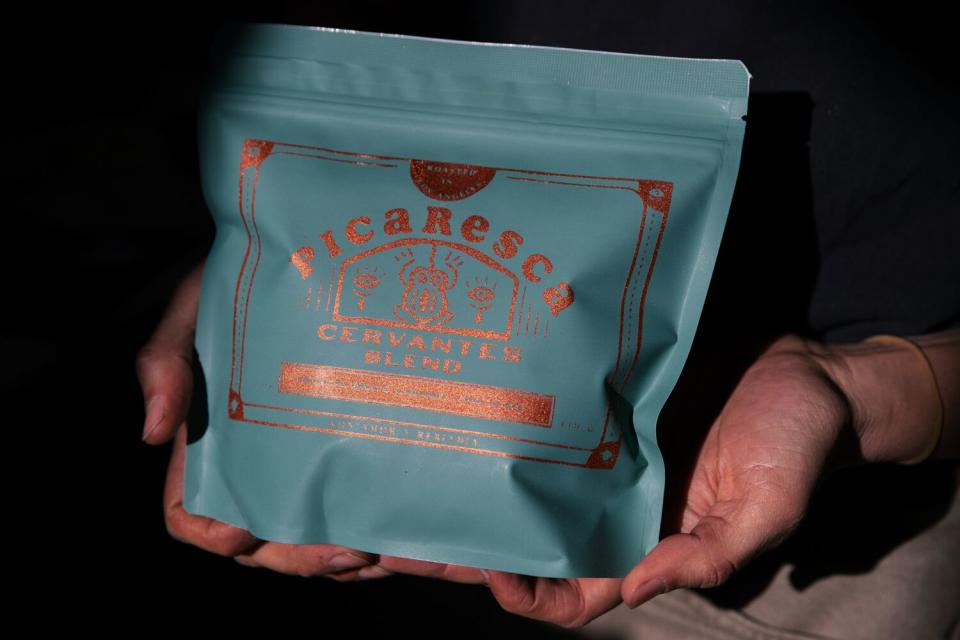
Tasting notes
Roasters also often offer tasting notes. Have you ever read a bag of coffee and wondered if you were being sold a fruit salad or dessert? These taste profile descriptors help communicate some of the natural flavors detected in that particular coffee. A current offering at Post Era for its Mayan Harvest, from a women-owned coffee farm in Mexico: “A sweet combo of notes of chocolate, caramel and candied orange.”
Frank La of Be Bright — the cafe on Melrose he opened with his wife, Michelle La — has developed a system to streamline the communication about roast profile and tasting notes. They created four categories for Be Bright beans — Dark & Bold, Rich & Smooth, Bright & Lively, Unique & Surprising — to simplify the coffee-buying process for their customers.
“Our four categories should cover at least 95% of the consumer market,” La said, “and they help our staff guide customers toward what they might like.”
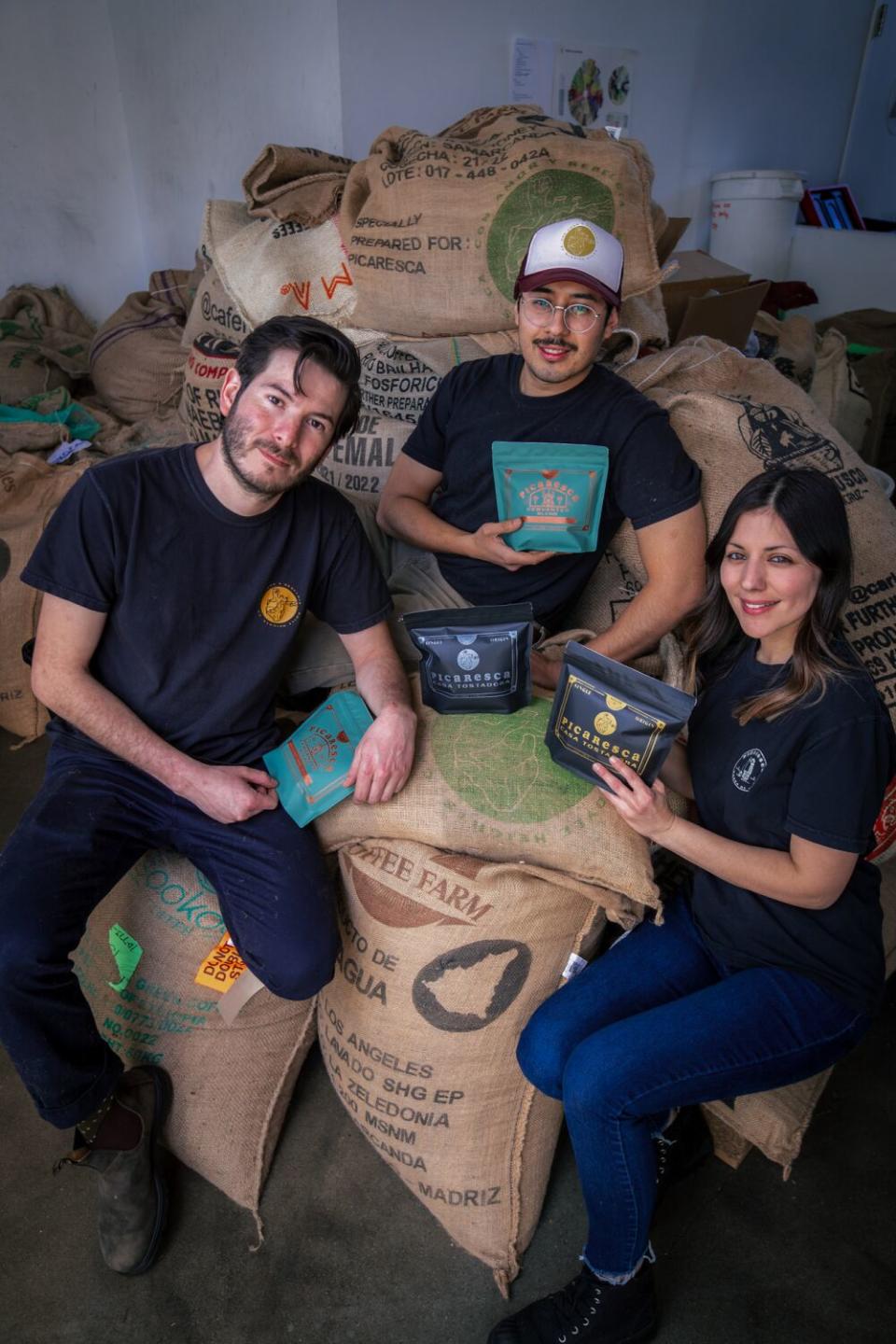
Your local roaster
The diversity of options in Southern California offers consumers the ability to buy coffee with as much agency and care as they would exercise with their food choices. The ultimate buying decision might be whether to support local companies and help this business sector survive and thrive.
More cafes have begun roasting their own beans and sell coffees from other local roasters. Mo Maravilla of Kindness & Mischief is roasting in the same Long Beach facility as Rose Park and Seven Syllables. She also carries their coffees in her own Highland Park cafe.
At Cognoscenti’s cafe and roastery, owner Yeekai Lim has been part of the L.A. coffee community for more than 12 years. While he was transitioning from serving a curated list of roasters to his own coffees, he bought a vintage Probat UG15 roaster. “The focus for us is to source the best coffee and to be as ethical and sustainable as possible,” said Lim.
Along the way, Lim has made room for other coffee companies to share time on his roaster. Currently, Max Gualtieri of Joules and Watts, Sinclair of MadLab, Alex Huerta of Post Era and Leo Abularach and Pablo Peres of Picaresca all roast there.
"Roasting at Cognoscenti has built a sense of community for us," says Abularach. "Access to Yeekai and the other roasters has been helpful, and we want to be there for each other."
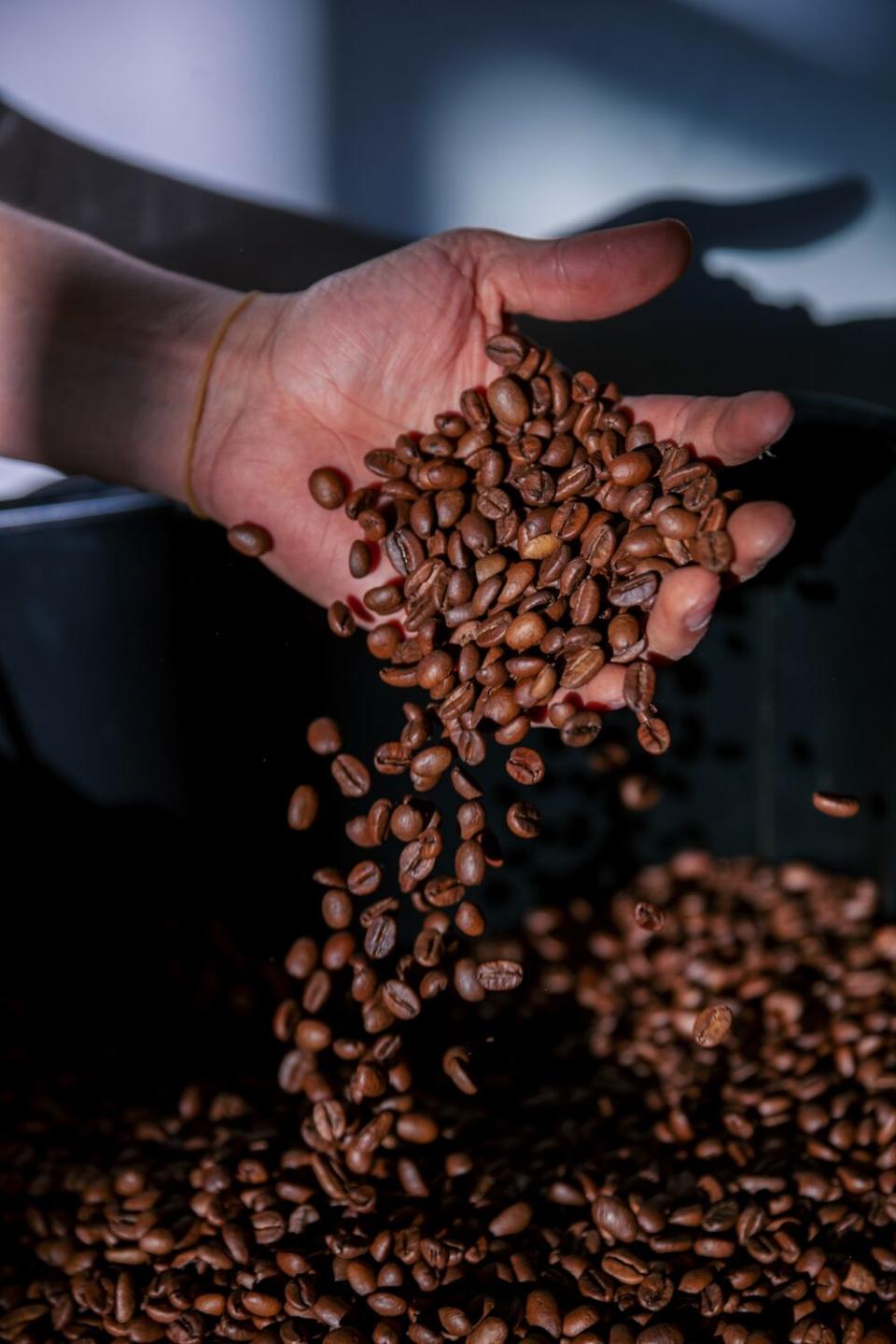
This story originally appeared in Los Angeles Times.

